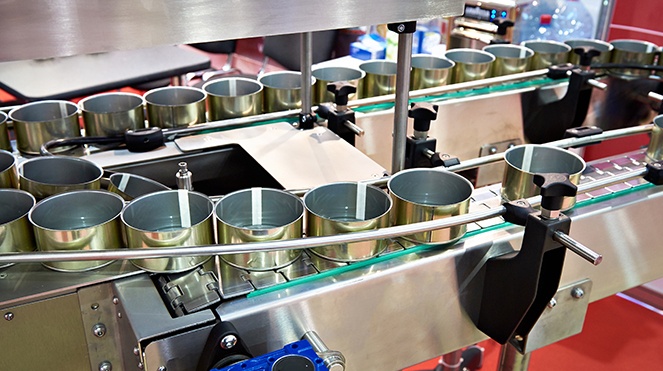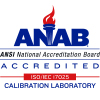
Thermal Processing is a practice that combines temperature and time as a way of eliminating or reducing microorganisms in food products. Through the use of high temperatures, thermal processing heats a product long enough to control the targeted pathogen(s) in the product that are harmful to consumers.Methods of thermal processing, including pasteurization and sterilization, ensure consumer safety while preventing spoilage during the shelf-life of a product. Although both processes are responsible for destroying microbial toxins that lead to foodborne illnesses, they differ in various ways.
Pasteurization
The pasteurization process heats food (mainly liquids) to a specific temperature for a specified time, then it is rapidly cooled and sealed. Pasteurization kills heat-sensitive microorganisms and spores, while slowing microbial growth.
There are main two types of pasteurization:
High-Temperature-Short-Time (HTST) – The most common method of pasteurization for milk in the United States. During this process metal plates and hot water are used to heat the liquid to at least 161 °F for 15 seconds before the liquid is rapidly cooled.
Ultra-High Temperature (UHT) – This method involves using higher temperatures for shorter times, for milk this involves holding a temperature of at least 280 °F for two seconds. For products packaged in hermetically sealed containers, this process can extend the shelf-life by two to three months, without refrigeration.
Sterilization
Unlike pasteurization where the a minimal quanity of heat resistant microorganisms is acceptable, sterilization destroys all forms of bacteria and their spores from any product. Sterilization methods include applying heat, chemicals or high pressure to products that are already packaged. The packaged products are then exposed to temperatures above 212 °F, depending on the pH of the product.
Products with a pH less than 4.5 require temperatures around 212 °F.
Products with a pH greater than 4.5 need to be heated to at least 248 °F for 20 minutes.
Heat Resistant Bacteria
Thermal processing is used to kill the two most heat resistant bacterial microorganisms, Bacillus and Clostridium. Temperatures of 230 °F will kill Bacillus spores, but Clostridium is more heat resistant, requiring temperatures of up to 250 °F to kill. These spores could be killed at lower temperature, but they would need to be heat treated for longer periods of time. Bacillus will multiply when improperly handled or stored, whereas Clostridium is usually associated with undercooked foods or cooked foods with prolonged exposure to inadequate temperatures.
Validation and Verification
The goal of thermal processing is to ensure the safety and quality of a product. But in order to do so, the process and the equipment used must be reviewed to verify microbial lethality was successfully achieved.
To comply with food safety regulations, the process must be validated through scientific, technical and observational information to determine whether the control measures put in place are indeed controlling the hazard(s). The process must then be continuously monitored to verify each stage is being implemented as planned. It’s especially important to verify the correct time and temperature combinations are being consistently met to ensure harmful pathogens are targeted and destroyed.
Monitoring Solution
Food safety regulations require that companies provide documentation to inspectors to ensure the thermal processing procedure is validated, and running effectively and efficiently. To assist with compliance, data loggers are strategically placed throughout food processing facilities where temperature is critical. MadgeTech data loggers not only provide 24/7 environmental monitoring over operations, but also peace of mind knowing the product is compliant throughout each stage of production.
To learn more about how MadgeTech data loggers can help ensure safety and quality from production to consumption, click here.






